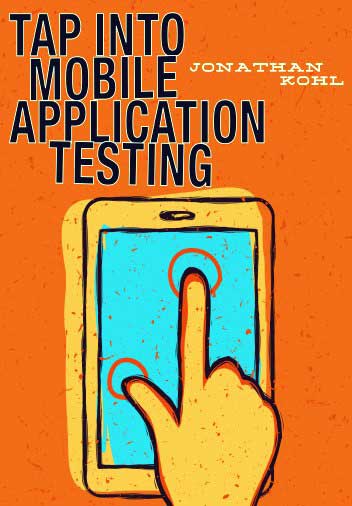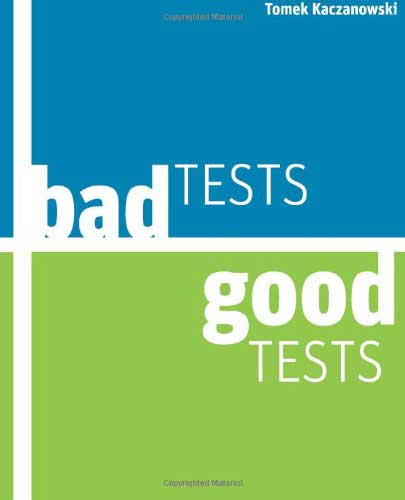Software Testing Books: Load Testing, Unit Testing, Functional Testing
In theory, we can consider software testing as a very rationale approach. You start from unit of code or requirements and then you create the tests that will prove that your software does what it is expected to do… and doesn’t create problems with edge cases. In his book Oblique Testing, Mike Talks propose to add an additional perspective to software testing using the oblique strategies approach.
If you develop web sites, you are certainly aware of the side effects that some JavaScript code changes might have on your applications. Visual regression testing is a technique that allows monitoring these negative impacts. This book provides a quick step by step introduction to visual regression testing using the WebdriverIO open source tool.
Apache JMeter is one of the most well known open source tool that can be used to perform load testing or functional testing. The book Performance Testing with JMeter 2.9 written by Bayo Erinle provides you with the knowledge to start using JMeter and the basic concepts for successful performance testing.
Backbone.js is an open source JavaScript framework that aims to structure web applications by providing models with key-value binding and custom events, collections with a rich API of functions, views with declarative event handling and a RESTful JSON interface. The book “Backbone.js Testing” offers a nice overview on how to test JavaScript code in general, and more specifically Backbone.js applications.
As a major part of the software usage activity is gradually shifting to mobile devices, knowing how to test mobile applications is now a very valuable skill for software testers. The book “Tap Into Mobile Application Testing” written by Jonathan Kohl provides an extensive coverage of the mobile software testing domain written by an experience practitioner.
A paradev is defined as “anyone on a software team that doesn’t just do programming.” In his book “Pride and Paradev”, Alister Scott discusses a lot of the trade-off and issues met by software testers in an Agile software development project. As the world is not black or white, he decided to write a collection of contradictory claims about software testing; knowing that the practical implications lie somewhere in between.
Tomek Kaczanowski writes that the idea behind its “Bad Tests, Good Tests” book is “to present test code snippets and discuss ways of making them better.” To achieve this goal, he explores a large amount of code and tests to discuss all the issues that you can meet in your software testing activities.








